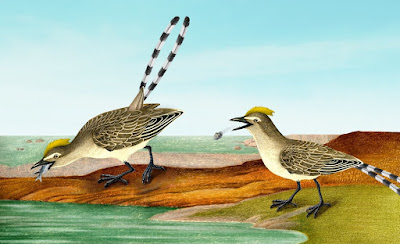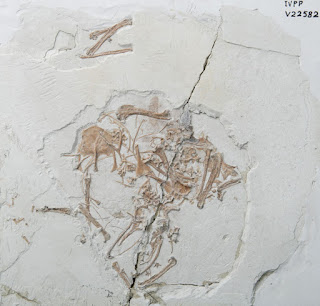 |
| Begonia myanmarica C.-I Peng & Y. D. Kim a Habit and habitat. f Male flower, face view. g Male flower, side view. h Female flower, face view. i Female flower, side view. |
Abstract
Background
A new species, Begonia myanmarica, was discovered from Myanmar and herein documented. Characterized by a single developed wing in the ovary/fruit, this species would be assigned to sect. Monopteron (sensu Doorenbos et al. in The sections of Begonia including descriptions, keys and species lists: studies in Begoniaceae VI. Wageningen Agricultural University, Wageningen, 1998) that is known by B. griffithiana and B. nepalensis from the Himalaya. To confirm its sectional assignment, we conducted morphological, phylogenetic and cytological studies.
Results
Morphological observations indicated that B. myanmarica was distinguishable from the two known species of sect. Monopteron by the leaf shape and size, 1-locular ovary, parietal placentation and chromosome number. Molecular phylogenetic analysis using nrITS sequences showed that B. myanmarica was not allied with the clade of sect. Monopteron, though both were nested within sect. Platycentrum-sect. Sphenanthera clade.
Conclusions
Studies of morphology, molecular phylogenetics and cytology support the recognition of the new species, Begonia myanmarica, which is fully described and illustrated. Our results also indicate that B. myanmarica is not closely related to species previously assigned to sect. Monopteron, suggesting that the fruit morphology of a single developed wing in the ovary/fruit characterizing sect. Monopteron is homoplasious.
Keywords: Begonia griffithiana; Begonia nepalensis;Chromosome; Morphology
 |
| Begonia myanmarica C.-I Peng & Y. D. Kim |
Diagnosis: Begonia myanmarica is a unique species with an erect habit; large, ovate to broadly ovate leaves (ca. 20–40 cm long, 22–30 mm across); sole, much protruded wing in ovary/fruit; 1-locular ovary with parietal placentation and 2 placentae; and the somatic chromosomes are determined as 2n = 38.
Etymology: The epithet refers to Myanmar (formerly Burma) where it was discovered.
Conclusion:
Studies of morphology, molecular phylogenetics and cytology support the recognition of the new species, Begonia myanmarica, which is fully described and illustrated. Our results also indicate that B. myanmarica is not closely related to species previously assigned to sect. Monopteron, suggesting that the fruit morphology of a single developed wing in the ovary/fruit characterizing sect. Monopteron is homoplasious.
Yu-Hsin Tseng, Young-Dong Kim, Ching-I Peng, Khin Myo Htwe, Seong-Hyun Cho, Yoshiko Kono and Kuo-Fang Chung. 2017. Begonia myanmarica (Begoniaceae), A New Species from Myanmar, and Molecular Phylogenetics of Begonia sect. Monopteron. Botanical Studies. DOI: 10.1186/s40529-017-0175-9











































































